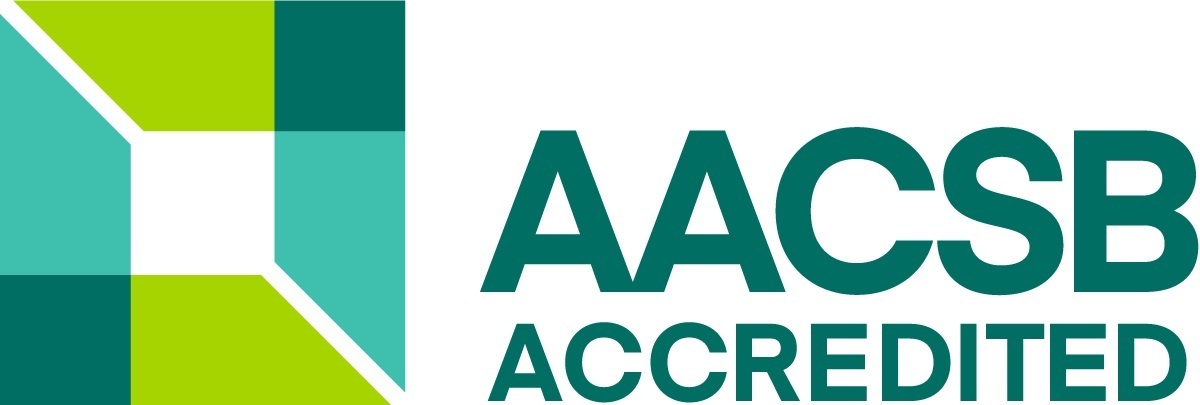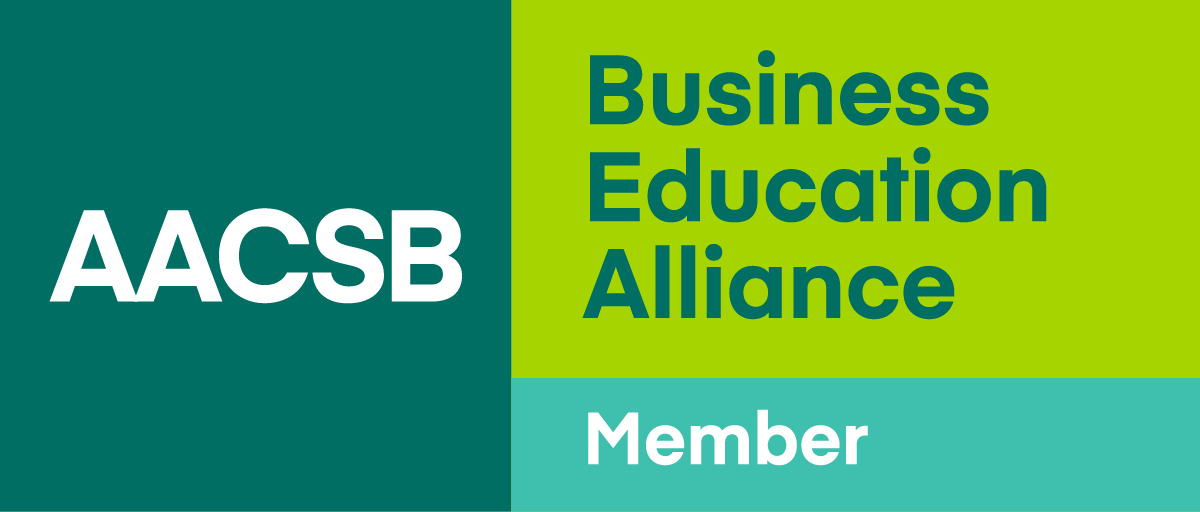[OCD] SinoPac Bank and NSYSU Join Forces to Cultivate Talent in Corporate Finance and Green Energy Credit
In response to the global trend toward net-zero emissions and sustainable finance, financial institutions across Taiwan are actively advancing ESG strategies. Among them, SinoPac Bank has long committed to corporate finance in the green energy sector—specializing in project financing, renewable energy assessment, and ESG risk control. To foster the next generation of talent with integrated expertise in green energy and finance, SinoPac Bank collaborated with the College of Management at National Sun Yat-sen University (NSYSU) to co-launch the course “Corporate Banking and Green Energy Credit Practices.” This course combines theoretical knowledge with industry insights, offering students a comprehensive view of credit operations and the energy economy.
The course featured expert-led lectures and practical site visits and concluded successfully on May 29, 2025. It focused on equipping students with integrated knowledge of project financing, energy industry trends, and real-world credit evaluation. In addition to lectures by Mr. Chien-Lung Lee, Assistant Vice President at SinoPac Bank, guest speakers included Mr. Hsuan-Fu Kuo, Chairman of California Energy Technology Group, and Mr. Yu-Ming Chen, Business Manager of YIHO Green Energy Transformation Co., Ltd. These industry leaders explored developments in renewable energy and policy-driven opportunities in Taiwan’s emerging power market, deepening students’ understanding of energy finance and practical applications.
Industry Insights: From Policy to Practice
Chairman Kuo delivered a focused lecture on solar photovoltaic power, emphasizing how Taiwan’s energy transition and carbon management policies support industrial decarbonization. Based on practical experience, he discussed key factors influencing solar plant efficiency, such as sunlight conditions, installation angles, and environmental design. He noted that although some regions in Taiwan receive up to 8 hours of daylight, actual stable power generation typically lasts only 3 hours daily. Therefore, solar panel orientation and shading from nearby structures are critical. For coastal facilities, corrosion-resistant materials are essential to withstand salt damage.

Figure 1: Chairman Hsuan-Fu Kuo of California Energy delivers a lecture
Mr. Chen introduced Taiwan’s green power trading system and explained how “green electricity”—renewable energy with environmental benefits—differs fundamentally from fossil-based "gray electricity." As ESG pressure and supply chain demands rise, corporations are increasingly seeking green energy solutions. Power sales companies thus play a key role in facilitating access to renewable energy and certification, making green energy adoption more viable and efficient.

Figure 2: Manager Yu-Ming Chen of YIHO Green Energy delivers a lecture
Bridging Theory and Practice Through Field Visits
To strengthen the connection between classroom theory and real-world application, the course included two site visits: Cleanaway Company Limited and Kai Ching Industry Co., Ltd.

Figure 3: Director Shih-Sian Jhang with Chairman Yu-Hsien Chen of Da Chuang Green Energy
Visit 1: Cleanaway Company Limited
On May 8, students visited Cleanaway’s headquarters, where they engaged in a discussion with Mr. Yu-Hsien Chen, Chairman of Da Chuang Green Energy Co., Ltd. Mr. Chen shared insights on the solar energy sector, highlighting trends in technology and policy, and offered students practical perspectives on innovation and strategic growth.
Students then toured Cleanaway’s aquaculture-solar hybrid facility in Mituo, Kaohsiung—the largest of its kind in the region. Guided by Mr. Ching-Wei Le, the visit showcased the "dual-use" land model, which installs solar panels above fish farms. This approach optimizes land use while balancing green energy generation with aquaculture income. Students observed how panel positioning, environmental conditions, and local partnerships ensure the success of this sustainable model.
Student reflections underscored the learning impact. “Seeing rows of solar panels coexist with fish farms made the concept of energy symbiosis tangible—it’s not just theory, but a real, viable business model,” said Yun-Chen Liu. “It helped me better understand circular economy in action,” added Shih-Ting Liu.

Figure 4: Site visit to Cleanaway’s Mituo solar-aquaculture hybrid facility
The visit also included a look at Cleanaway’s Kaohsiung plant. Staff explained panel maintenance strategies, such as installing mist sprinklers to clean surfaces and enhance solar efficiency while minimizing labor costs. Students also explored Cleanaway’s waste treatment and resource recovery systems, including a tour of its landfill and solidification facility. They witnessed how waste is sorted, treated, incinerated, and converted into usable energy—creating a closed-loop circular model.

Figure 5: Site visit to Cleanaway’s solar panel facility
Visit 2: KAI JING Industrial Co., Ltd.
On May 22, students visited Kai Ching Industry, a Kaohsiung-based company specializing in pre-coated steel products used in major infrastructure projects such as the Kaohsiung MRT, Taoyuan Airport MRT, and various power plants. The company is renowned for its product durability and commitment to ESG principles.
In recent years, Kai Ching has actively developed green construction materials that are both recyclable and weather-resistant. It has earned international certifications such as ISO 14064 and ISO 14067, establishing a carbon accounting and reporting system that supports global compliance—including EU CBAM regulations—and enhances competitiveness in international markets.

Figure 6: Chairwoman Szu-Hsin Chen of Kai Ching Industry with Director Shih-Sian Jhang
Students observed the entire automated steel coating process—from degreasing and acid treatment to base coating, drying, top coating, and curing. Production is continuous and automated, with built-in quality checks ensuring consistency and performance. This hands-on experience offered students a clearer view of how industrial materials are transformed through advanced coating technologies.

Figure 7: Group photo at Kai Ching Industry
The visit also featured an inspiring session with Chairwoman Tseng Szu-Hsin Chen, who shared her entrepreneurial journey in both Taiwan and China. She emphasized that one’s achievements should not be limited by age or background: “As long as you’re passionate and willing to learn, you can keep evolving and creating value.” Students were deeply engaged, asking questions about her startup experience, leadership mindset, and strategies for industry transformation.
Student Huang Yu-Chih reflected, “Kai Ching’s efforts to optimize power usage in its production line show how ESG can drive both innovation and profitability.” Another student, Hsiao Sheng-Hua, added, “Chairwoman Chen’s energy and humility left a deep impression. Her lifelong learning and openness to new technologies are key reasons for Kai Ching’s long-term success.”

Figure 8: Chairwoman Chen responds to student questions
Final Presentation: Credit Assessment in Practice
To conclude the course, students presented group reports on May 29 at SinoPac Bank’s North Kaohsiung branch. Each group analyzed a selected energy company’s creditworthiness using tools such as SWOT, PEST, Porter’s Five Forces, and the 5Ps of credit analysis. Integrating global energy policy trends, industry data, and financial statements, students practiced professional-level corporate credit assessments in a real-world context.
The “Corporate Banking and Green Energy Credit Practices” course, jointly offered by SinoPac Bank and NSYSU College of Management, blended academic rigor with industry insight. Through lectures, field visits, and final presentations, students not only gained essential skills in project finance but also deepened their understanding of green energy development and credit evaluation—an experience many described as transformative.

Figure 9: Group photo at SinoPac Bank North Kaohsiung Branch
— Submitted by the Career Development Office / Edited by the CM Media Team




